Table of Contents
Ever watch your cat stare blankly out the window or, worse, try to use your sofa as a scratching post despite having a perfectly good one? A bored cat isn't a happy cat, and sometimes that boredom leads to behaviors we'd rather not deal with. Cats are natural hunters and explorers, hardwired to stalk, pounce, and solve problems. When they don't get enough mental and physical exercise, they can get restless or even stressed.
Why Enrichment Matters for Your Feline Friend
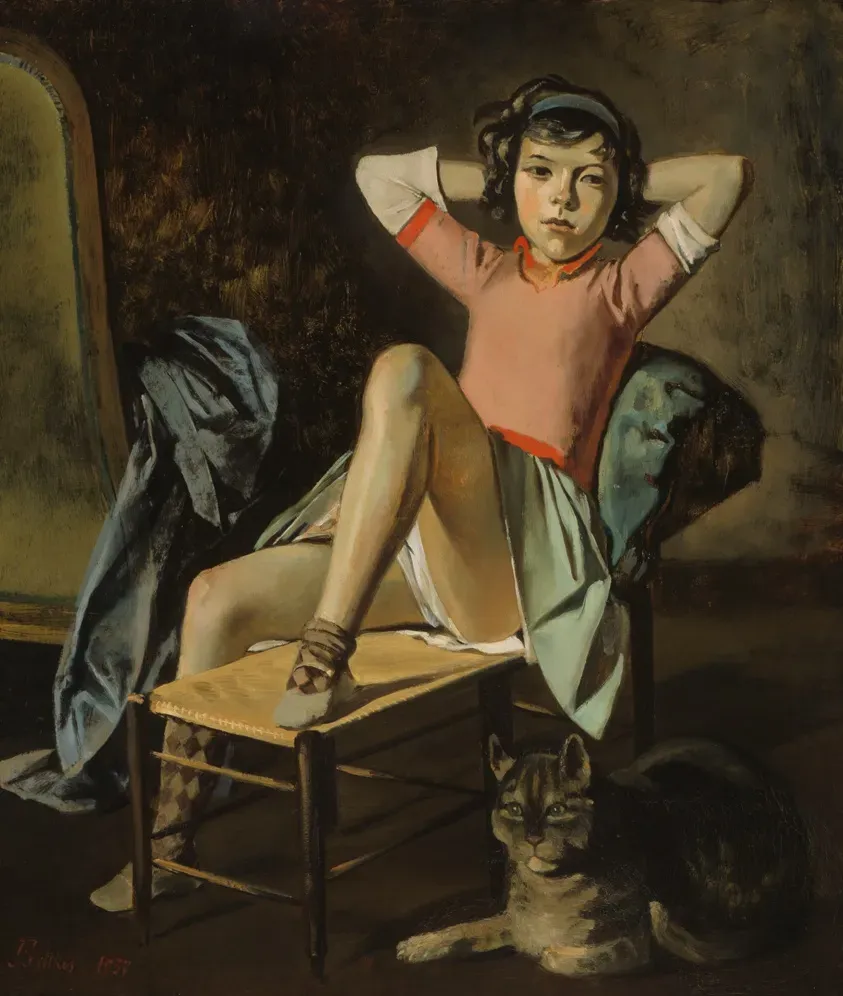
Why Enrichment Matters for Your Feline Friend
Cats Aren't Just Couch Decorations
Look, I get it. We love our cats curled up on the sofa, looking adorable. But they're not just furry ornaments. Deep down, even the laziest housecat is wired for action. Think about it: they come from a lineage of hunters, stalkers, and problem-solvers. They need to use their brains and bodies.
When they don't get that stimulation, they get bored. A bored cat can become a stressed cat. That stress can show up in ways none of us want, like scratching the furniture, being overly vocal, or even having litter box issues. Enrichment isn't just a nice-to-have; it's essential for their well-being.
Keeping Them Moving and Grooving
Just like us, cats need exercise to stay healthy. Obesity is a real problem for indoor cats, leading to all sorts of health issues down the road. Enrichment activities, especially those that involve movement and hunting-like behaviors, burn calories and keep muscles toned.
Getting them to chase, pounce, and climb mimics what they'd naturally do. It's not about forcing them onto a treadmill; it's about making their environment interesting enough that they *want* to move. Simple things can make a big difference in keeping them physically fit.
- Prevents boredom and stress
- Encourages physical activity
- Reduces destructive behaviors
- Supports mental health
- Strengthens your bond
A Happy Mind, A Happy Cat
Beyond the physical, enrichment is crucial for their mental health. Solving a puzzle, figuring out how to get a treat, or exploring a new high spot satisfies their natural curiosity and intelligence. It gives them a sense of accomplishment, which is a surprisingly feline trait.
Providing opportunities for them to engage their minds reduces anxiety and increases confidence. A cat that feels secure and stimulated is less likely to act out or withdraw. It makes for a calmer, more balanced companion, and honestly, a much more pleasant household.
Whip Up DIY Food Puzzles: Homemade Enrichment Toys for Cats
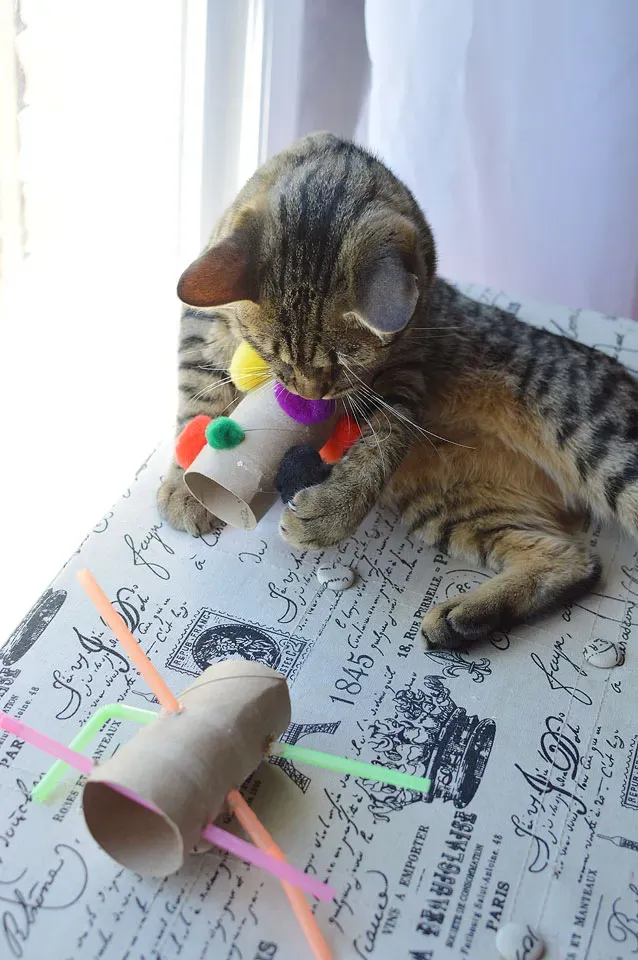
Whip Up DIY Food Puzzles: Homemade Enrichment Toys for Cats
Why Cats Love Working for Their Dinner
Imagine eating every meal from the same plain dish, day in and day out. A bit dull, right? For cats, mealtime can become just as monotonous. In the wild, they'd spend a good chunk of their day hunting, tracking, and catching prey. This isn't just about getting food; it's a fundamental part of their behavior. Food puzzles, essentially homemade enrichment toys for cats designed around meals or treats, tap into this instinct. They turn eating into an activity, a challenge that engages their brains and bodies.
Instead of scarfing down kibble in 30 seconds, they have to figure out how to get it out of tubes, boxes, or hidden spots. This slows down eating, which can be great for weight management and digestion, especially for cats who tend to inhale their food. More importantly, it provides mental stimulation and satisfies that innate drive to "hunt" for their meal. It's like giving them a little treasure hunt every day.
Easy DIY Food Puzzle Ideas from Household Junk
You don't need to be a craft expert to make effective homemade enrichment toys for cats. Simple items lying around your house can become fantastic food puzzles. A classic is the toilet paper roll. Just fold in the ends to make a little tube, drop some kibble or treats inside, and let your cat figure out how to get them out. You can cut small holes along the sides for an extra challenge. Empty cardboard boxes are also goldmines. Cut various sized holes in the sides and top, big enough for a paw to fit through but small enough that the food doesn't just fall out easily. Toss in some kibble, tape the box shut, and you've got a puzzle box.
Another simple idea involves a muffin tin. Place a few pieces of kibble in some of the cups and then cover the cups with ping pong balls or crumpled paper. Your cat has to figure out how to remove the obstacle to get the food. These aren't complicated, they cost next to nothing, and they offer a world of engagement for your cat.
- Toilet paper/paper towel rolls: Fold ends, add holes.
- Cardboard boxes: Cut paw-sized holes.
- Muffin tins: Add kibble, cover with balls or paper.
- Plastic bottles: Cut small holes, ensure no sharp edges.
- Empty egg cartons: Place treats in cups.
Transform Your Space: Environmental Enrichment Made Easy
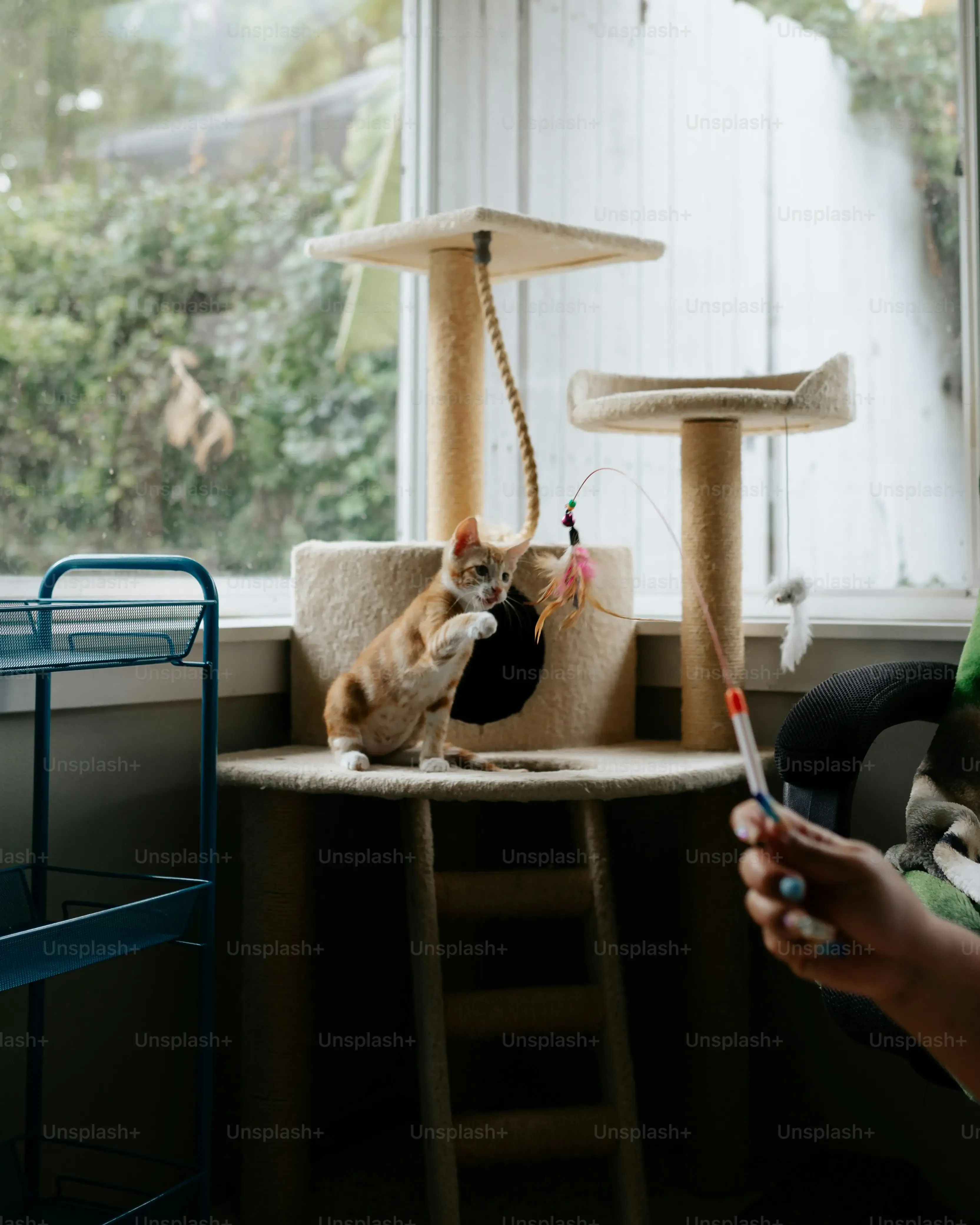
Transform Your Space: Environmental Enrichment Made Easy
Go Up! Creating Vertical Space
Cats are three-dimensional creatures. They don't just live on the floor; they love to climb and perch. Think about a cat tree, or even just a cat sitting on top of your fridge judging your life choices. Getting up high makes them feel secure. It gives them a different perspective on their territory. You don't need to build a multi-story cat condo from scratch, though if you're feeling ambitious, go for it.
Simple things like clearing a shelf on a bookshelf, adding a sturdy perch near a window (making sure it's secure!), or even just stacking some robust cardboard boxes securely can provide valuable vertical real estate. These aren't technically "homemade enrichment toys for cats" in the traditional sense, but they are crucial homemade *enrichment* elements for their environment. It breaks up the monotony of ground-level living and gives them options for surveying their kingdom.
Hidey-Holes and Exploration Zones
Cats are also masters of hide and seek. They love to tuck themselves into cozy, enclosed spaces where they feel safe and hidden. A simple cardboard box with a hole cut in it is cat heaven. Seriously, you could buy them the most expensive cat bed, and they'll still choose the box the bed came in. Empty paper grocery bags (with the handles cut off for safety) are also big hits for pouncing and hiding.
Creating tunnels using large drainage pipes (cleaned, obviously) or linking several boxes together can provide exciting exploration routes. Varying textures on the floor or walls – maybe a small rug, a scratching mat, or even just crinkled paper in a corner – adds sensory interest. It's about providing variety and places where they can feel secure, explore, or launch a surprise attack on an unsuspecting dust bunny.
Ready to turn your home into a feline adventure park?
- Clear high shelves for perching.
- Install sturdy window perches.
- Stack and secure cardboard boxes for climbing/hiding.
- Provide simple hidey-holes (boxes, bags).
- Create tunnels with linked boxes or safe pipes.
- Introduce varied textures for sensory exploration.
Simple Stuff You Already Have for Homemade Cat Toys
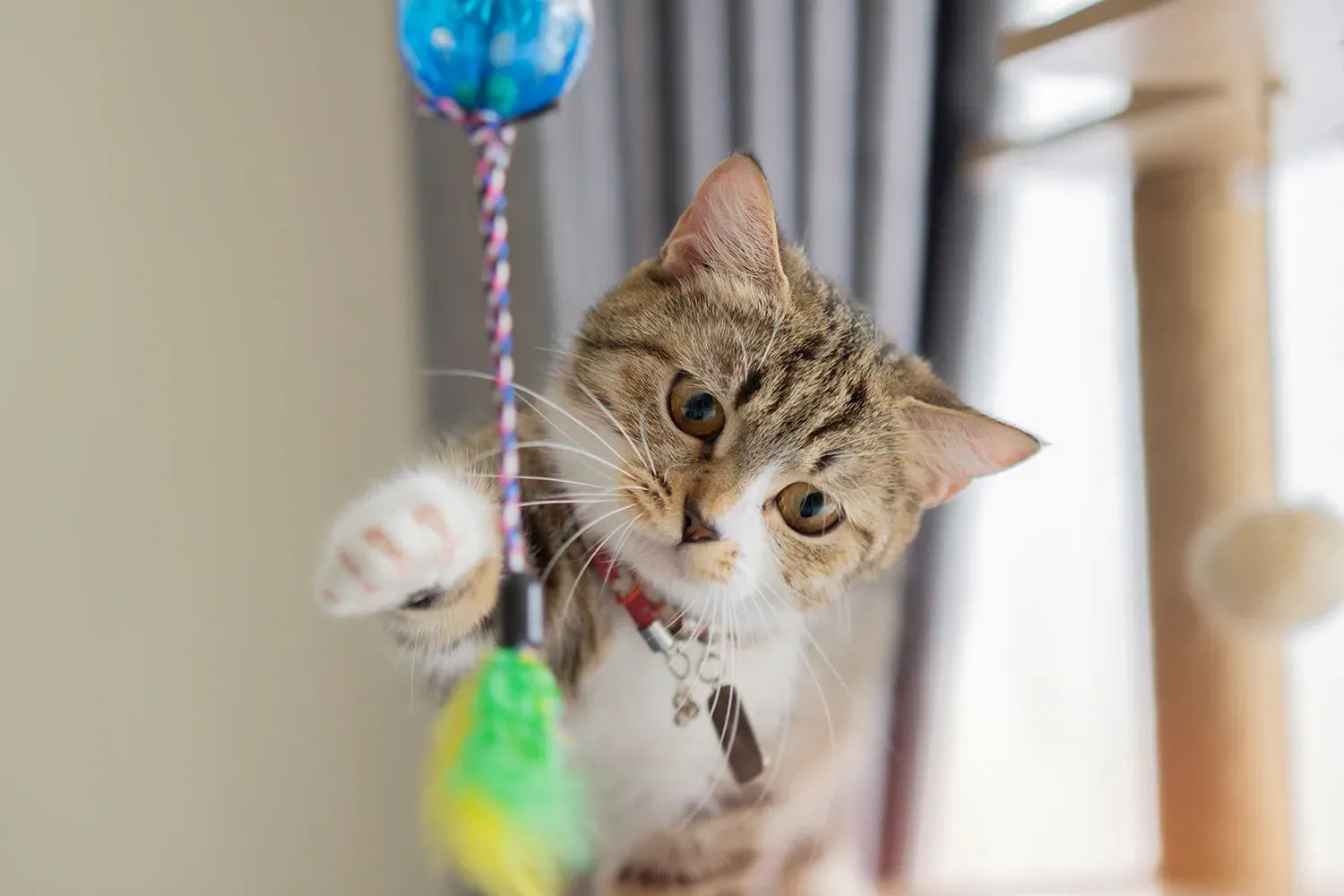
Simple Stuff You Already Have for Homemade Cat Toys
The Magic of Cardboard and Paper
let's talk about the undisputed king of homemade enrichment toys for cats: the humble cardboard box. Seriously, you don't need anything fancy. An empty Amazon box is often more exciting than the expensive cat tree you ordered *in* the box. Cats love to hide in them, jump out of them, chew on them, and generally turn them into their own personal fortresses. But you can do more than just plop a box on the floor. Cut different sized holes in it to create peek-a-boo spots or tunnels. Link several boxes together to make a maze. Even smaller cardboard items, like paper towel rolls or toilet paper tubes, are fantastic. You can simply toss them for batting practice, or get a little crafty.
Beyond boxes, think paper bags (remove handles!), crumpled paper balls, or even old magazines. The crinkle of paper is often irresistible. Just make sure whatever paper or cardboard you use doesn't have staples, tape your cat might ingest, or any toxic residues. It's about simple, safe fun using materials you'd otherwise recycle or toss.
Fabric Scraps and String Things (Use Caution!)
Got some old t-shirts, socks with no mates, or fabric scraps lying around? These can easily be transformed into fun cat toys. Knot strips of fabric together to make a braided pull toy. Stuff an old sock with some batting or crumpled paper and maybe a pinch of catnip, then tie it off securely. Simple fabric mice are easy to sew if you're inclined, but even just a tightly rolled ball of fabric can provide batting and chasing fun. Just be mindful of loose threads or small pieces that could be chewed off and swallowed.
String and yarn are classic cat fascinations, but they come with a significant warning label. Cats can easily ingest string, which can cause serious, life-threatening intestinal blockages. So, while a string pulled along the floor is a fantastic lure, *always* supervise your cat closely when playing with string or yarn. Put it away immediately when playtime is over. A safer alternative for unsupervised play might be thicker fabric strips or toys with securely attached string-like elements they can't easily swallow.
- Old t-shirts/fabric scraps: Knot, braid, or stuff into socks.
- Mismatched socks: Stuff and tie securely.
- Empty paper bags: Remove handles for safety.
- Crumpled paper: Simple batting fun.
- Toilet paper/paper towel tubes: Batting, or modify for treats.
- Cardboard boxes: Hide, explore, or create tunnels.
Safety First: Ensuring Fun with Homemade Enrichment
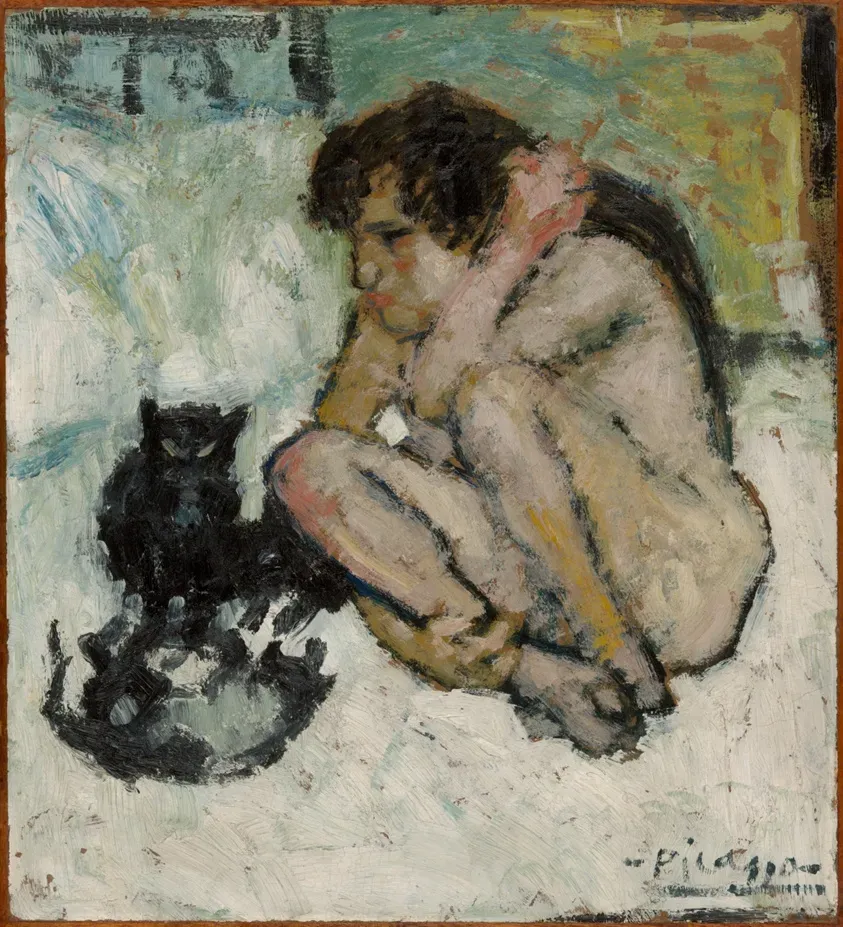
Safety First: Ensuring Fun with Homemade Enrichment
The Great Material Check: What to Ditch
Alright, so you're ready to raid the recycling bin and fabric stash to make some cool homemade enrichment toys for cats. Fantastic! But hold up a second before you grab just anything. Not all household junk is cat-safe junk. We're talking about avoiding things that can easily be chewed into tiny, swallowable pieces. Think buttons, beads, googly eyes, or small plastic bits that can break off. Sharp edges are also a big no-no, whether from cardboard, plastic, or metal.
Glue and tape? Use sparingly and make sure it's non-toxic and completely covered or inaccessible. Cats explore with their mouths, and you don't want them ingesting adhesives or weird chemical coatings on packaging. If a material frays easily, like some types of fabric or rope, that's a potential hazard too. Long, stringy fibers can cause serious internal problems if swallowed. Always err on the side of caution. If you're not sure if it's safe, find something else.
Eyes On: Why Supervision Isn't Optional
Even with the safest materials, supervision is your best friend, especially when you introduce a new homemade enrichment toy for cats. Cats are creative in their destruction. A toy you thought was indestructible might be reduced to a pile of questionable fuzz and tiny bits in minutes. String, yarn, ribbon, and even dental floss are particularly risky. While they are excellent lures for play, they can cause severe intestinal blockages if swallowed. Seriously, this isn't some exaggerated online fear-mongering; it's a genuine and often expensive emergency vet visit waiting to happen.
Play with these items, absolutely, but put them away in a secure drawer or container where your cat cannot access them when you're not actively watching. For toys they'll have unsupervised access to, stick to sturdier materials and designs that don't have dangly strings or small parts. Think solid cardboard structures, tightly woven fabric toys, or food puzzles made from robust materials.
- Always supervise play with string, yarn, or ribbon.
- Inspect toys regularly for damage.
- Remove and discard frayed or broken toys immediately.
- Ensure all materials are non-toxic.
- Avoid small parts that can be chewed off and swallowed.
- Cut handles off paper or plastic bags.
- Check for sharp edges on cardboard or plastic.
Toy Retirement: Knowing When to Say Goodbye
Homemade toys, bless their thrifty hearts, aren't built to last forever. They're going to get batted, bitten, pounced on, and probably drooled on. That's the point! But wear and tear happens. A cardboard box maze that's starting to collapse, a fabric mouse unraveling, or a food puzzle with a cracked piece becomes a hazard. Regularly inspect all your homemade enrichment toys for cats. Look for loose threads, torn sections, sharp points that weren't there before, or anything that looks like it could break off.
Don't get sentimental. If a toy is damaged or falling apart, it's time for it to go into the trash. A quick check every few days, especially for heavily used items, can prevent potential accidents. Replacing a worn-out toy with a fresh one also adds novelty, which is its own form of enrichment. Think of it as planned obsolescence for safety and continued fun.
Wrapping Up: Engaged Cats, Simple Solutions
So, there you have it. Providing enrichment for your cat isn't just about spoiling them; it's about supporting their natural behaviors and overall well-being. Homemade enrichment toys for cats, and simple environmental tweaks, offer a practical path to achieving this without draining your wallet. Observing your cat stalk a treat from a toilet paper roll or confidently explore a cardboard box fort confirms the value. It's a straightforward investment in reducing potential boredom-related issues and fostering a more content companion. Start small, observe what your cat enjoys, and build from there. Their reaction is usually the best indicator of success.